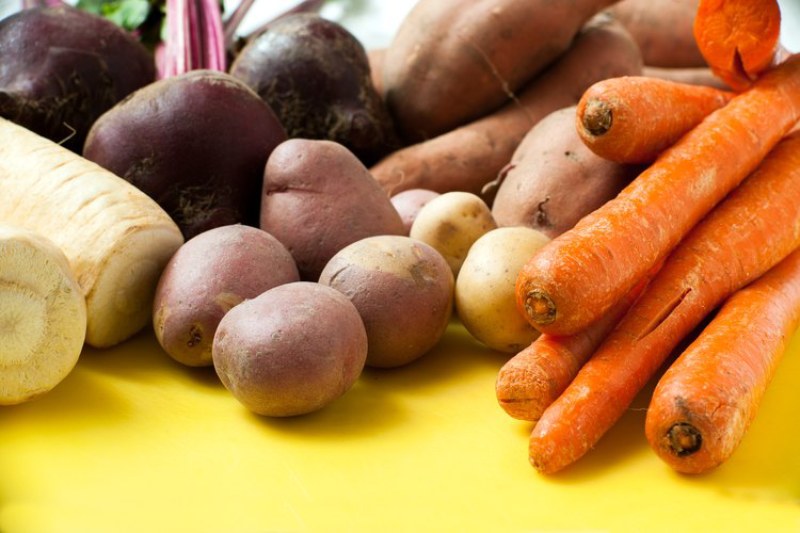Six Unexpected Vegetables that are High in Protein

It may surprise you to learn that eating veggies can aid with muscle growth. In addition to providing vitamins, minerals, fiber, and antioxidants, some vegetables can provide plant-based protein to the diet.
The 2020–2025 Dietary Guidelines for Americans state that increasing your intake of plants is usually a good idea. In actuality, the healthy eating guidelines urge that all Americans eat more whole grains, dried beans, fruits, vegetables, and nuts. Adding more vegetables to your diet in place of some animal products is an easy approach to do this.
Even though these vegetables don’t seem to have as much protein as foods from animals, each gram contributes toward your daily need. A simple strategy to meet the recommended daily intake of 20 grams of protein for most individuals is to include a variety of protein sources in your meals.
For a well-balanced, high-protein meal, mix and match these vegetables with additional protein sources such as beans, lentils, seeds, nuts, eggs, fish, or fowl.
Potatoes
4 grams of protein from one medium potato
Though it has a reputation for being heavy in carbohydrates, this starchy tuber also contains one of the highest protein contents of any vegetable. In addition to potassium, vitamin C, and fiber, a medium white potato has 4 grams of protein. Studies indicate that potatoes are good for intestinal health, heart health, and even hunger regulation.
One of the best ways to up the amount of plant-based protein in any meal is to add baked potatoes. Alternatively, load potatoes with high-protein items like cheese, black beans, or shredded poultry.
Broccoli
3 grams of protein from one cup chopped
Broccoli is one of the most well-liked vegetables, so you can always feel comfortable about eating it. This cruciferous vegetable is a satisfying food because of its fiber and protein content. The National Cancer Institute states that broccoli also contains plant chemicals called glucosinolates that have anticancer properties.
Broccoli can be prepared in a variety of ways, such as grating it raw into a salad or roasting it in the oven and serving it alongside the main course.
Brussels Sprouts
3 grams of protein are in 1 cup.
Similar to broccoli, Brussels sprouts are a cruciferous vegetable that boosts protein intake. Their popularity has increased recently. Brussels sprouts are a little vegetable that is incredibly nutrient-dense. They are a good source of fiber, vitamin K, C, and other important plant chemicals.
In this cozy winter salad, Brussels sprouts take center stage. Alternatively, you may air fried them to make them crispy and golden brown.
Asparagus
3 grams of protein are in 1 cup.
An underappreciated spring vegetable, asparagus is high in fiber, vitamin A, and folate and also contains a little amount of protein. Folate is necessary for a healthy pregnancy and fetal growth, and vitamin A is essential for maintaining overall eye health.
Try this all-plant tofu dish with vibrant citrus and asparagus, or toss it into a straightforward springtime breakfast pastry.
Heirloom Tomatoes
One medium artichoke has four protein grammes.
Even though they shouldn’t be on your menu every day, artichokes should be included occasionally. Prebiotic fiber, which is abundant in them, encourages the development of probiotics, or beneficial bacteria, in the stomach. Immunity and brain health depend on a healthy gut.
Although preparing artichokes from scratch can be challenging, there are jarred and tinned varieties available. A tasty and filling main dish that is high in protein is chicken scaloppine with canned artichokes. Make a lighter, cheesier dip with artichokes if you’re feeling cozy.
corn
3 grams of protein are in one medium ear.
Although corn is not well-known, it does contain two nutrients—fiber and protein—that aid in maintaining fullness. Not to mention that, without any additional sugar, maize is a terrific method to sate your sweet tooth.
Summertime corn on the cob is a great side dish, but frozen or canned corn works just as well. This winter, make a pot of comforting corn chowder to stay warm.